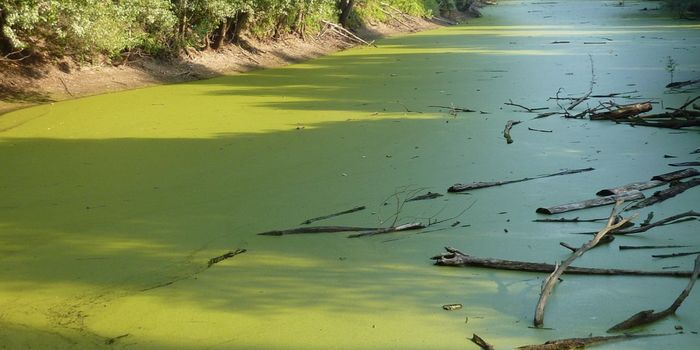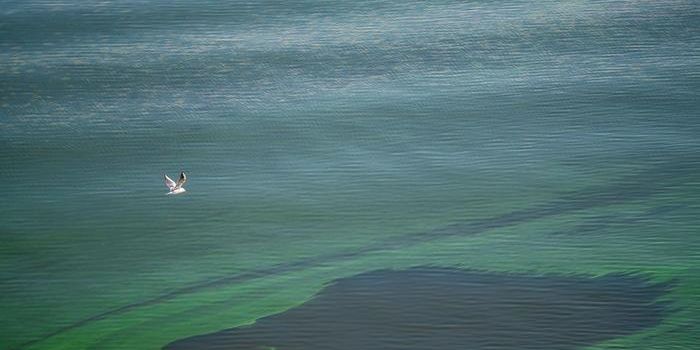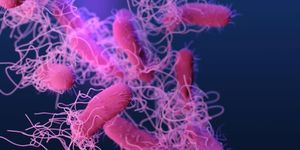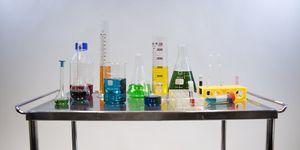New species of cyanobacteria discovered
A new study published in Current Biology details the finding of a previously unidentified species of cyanobacteria. The bacteria, discovered in a sample from a Panamanian rainforest by researcher Fay-Wei Li, has been named Anthocerotibacter panamensis and is part of a rare group of bacteria called Gloeobacteria. Li’s team believes that A. panamensis could shed light (pun intended) on the evolution of photosynthesis on Earth.
"We never intended to discover a new species," exclaimed Li. "It was a total accident. Prior to this discovery, only two species of Gloeobacteria had been isolated. There is also a third group of uncultured species from the Arctic and Antarctic regions, but no one knows how many species are in that group."
The species was found in a sample from a hornwort plant and after sequencing its DNA, the researchers say they were surprised to see that, similar to Gloeobacteria, it does not have thylakoids. Thylakoids are the regions where the light-dependent reactions of photosynthesis in Phycobacteria and plants take place.
Knowing that A. panamensis does not present thylakoids means that the structures must have evolved in Phycobacteria on their own, explains Li. This solitary path of thylakoid evolution does not hold true, however, for the presence of carotenoids, which were found in the new species. Carotenoids help protect organisms from sun damage and Li comments: "These results suggest that this particular carotenoid biosynthesis pathway evolved in the ancestor of all cyanobacteria, and then was lost in some Gloeobacteria.”
Another surprise of the new species was the lack of genes responsible for coding proteins for light-dependent reactions. The scientists point out that although the species is able to photosynthesize, photosynthesis happens at a much slower rate than in other cyanobacteria.
In other words, it’s a minimalist photosynthesizer. "If you want to build a complete set of photosynthetic machinery with the fewest necessary components, then this species could inform how to do that," said Li. "Anthocerotibacter has a minimal set of photosystem subunits, but it still functions."
Sources: Current Biology, Science Daily








